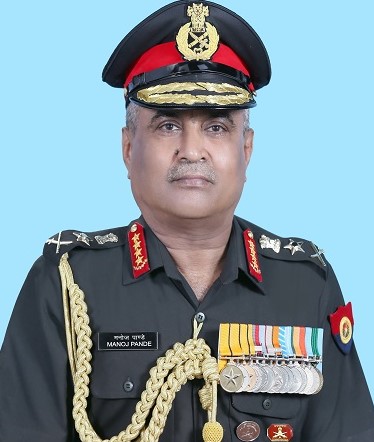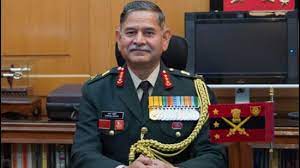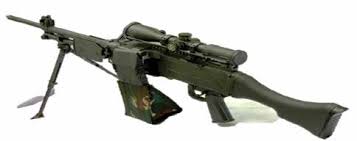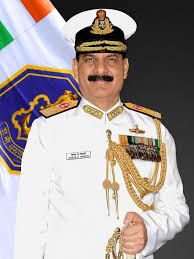Japan has eased rules on weapons exports to allow sales of a fighter jet it will develop with the UK and Italy to other countries, marking a new milestone in Tokyo’s more proactive defence policy.
Prime Minister Fumio Kishida’s cabinet on Tuesday approved the revision to export controls, clearing a hurdle for the Global Combat Air Programme to achieve an ambitious timeline of delivering a highly advanced combat aircraft by 2035.
Defence industry executives and Japan’s allies had been hopeful that the trilateral fighter jet programme would provide an opportunity for a broader relaxation of Tokyo’s weapons exports curbs and give Japanese defence contractors greater access to foreign markets.
In its cabinet decision, the government said Japan needed a “framework” that would allow weapons exports “in order to ensure that it can equally contribute to the Global Combat Air Programme with Britain and Italy”.
But talks to loosen the restrictions had faced strong opposition from Komeito, a coalition partner of the ruling Liberal Democratic party that draws its support from Buddhist voters.
Under a deal reached between both parties this month, the government will allow the transfer of the new fighter jet to 15 countries that have signed defence equipment transfer agreements with Japan, including the US, France, Australia and the United Arab Emirates. Sales will be permitted only to countries that are not currently involved in conflict.
Each arms export will also require separate cabinet approval, and the easing of the restrictions will be limited to the fighter jet programme.
Kishida argued this month that the change was needed and that allowing exports of the jet would “contribute to national security”.
Unveiled in December 2022, the GCAP merges Japan’s F-X programme with the UK and Italy’s Tempest project with the aim of delivering a supersonic jet in roughly half the time — and at much lower cost — compared with previous generations of aircraft such as the Eurofighter Typhoon.
Expanding exports is considered critical in lowering the development costs of the project, which will be shared among the three countries.
The relaxation of the export restrictions comes as Japan seeks to play a more active role in regional security after deciding in late 2022 to significantly increase its military spending budget to address the rising threat from China.
In December, Tokyo also revised its weapons exports guidelines to allow several dozen domestically produced Patriot air defence missiles to be shipped to the US, a move that will help Washington increase critical supplies to Ukraine.
Before that change, Japan was only authorised to export licensed components rather than entire systems.
People close to the talks said despite the limitations imposed by Komeito, the LDP had not given up ambitions to further loosen weapons exports curbs and was likely to continue talks with its coalition partner in the future.
Japan and the US are also planning the biggest upgrade to their security alliance since they signed a mutual defence treaty in 1960.
The two sides plan to announce the change when Kishida visits Washington in April, according to people familiar with the situation.
Source: https://www.ft.com/content/2463b935-f1f6-4b9f-827f-70c95dad4e03





